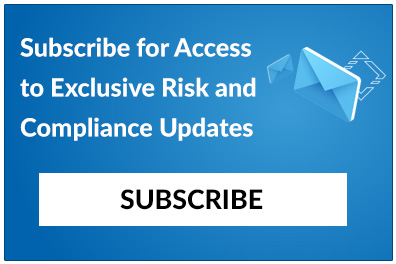360factor Blog
6 Steps of RCSA Automation & Standardization
What is RCSA? Risk and control self-assessment (RCSA) is a procedure for assessing and examining operational hazards and the efficacy of risk management controls. The purpose is to ensure that all enterprise risk management objecti...
Eliminating Risk and Compliance Blind Spots with Predictive Technology
Businesses are often blindsided by risk or compliance related blind spots because we often focus on managing risk and compliance issues that have been detected. These blind spots are areas where the business has little-to-no ...
Does Your Bank Need a Software Tool or a Solution Approach?
In this era of information technology (IT), banking and financial institutions, in order to stay competitive, organizations are expecting to gain maximum advantage of rapidly advancing innovations in the IT industry. Due to comp...
Using Internal and External Data for Risk Insights and Predictions
Risk mitigation is a critical and complex process. A risk needs to be identified in time to be properly mitigated before it negatively impacts the bottom line of the business. While having real-time knowledge of emerging risks f...
Using Key Risk Indicators for Enhanced Risk Predictions
Key risk indicators (KRIs) can provide your organization with risk insights and predictions. KRIs are common in the financial sector and are increasingly being used in other industries as well. Our risk insights tool Insig...
Automating RCSA for Enterprise Risk Management
RCSA (Risk Control Self-Assessment) reports are critical to managing and mitigating risks across the organization but are often challenging to conduct and report on efficiently. The RCSA process requires each business unit to co...



